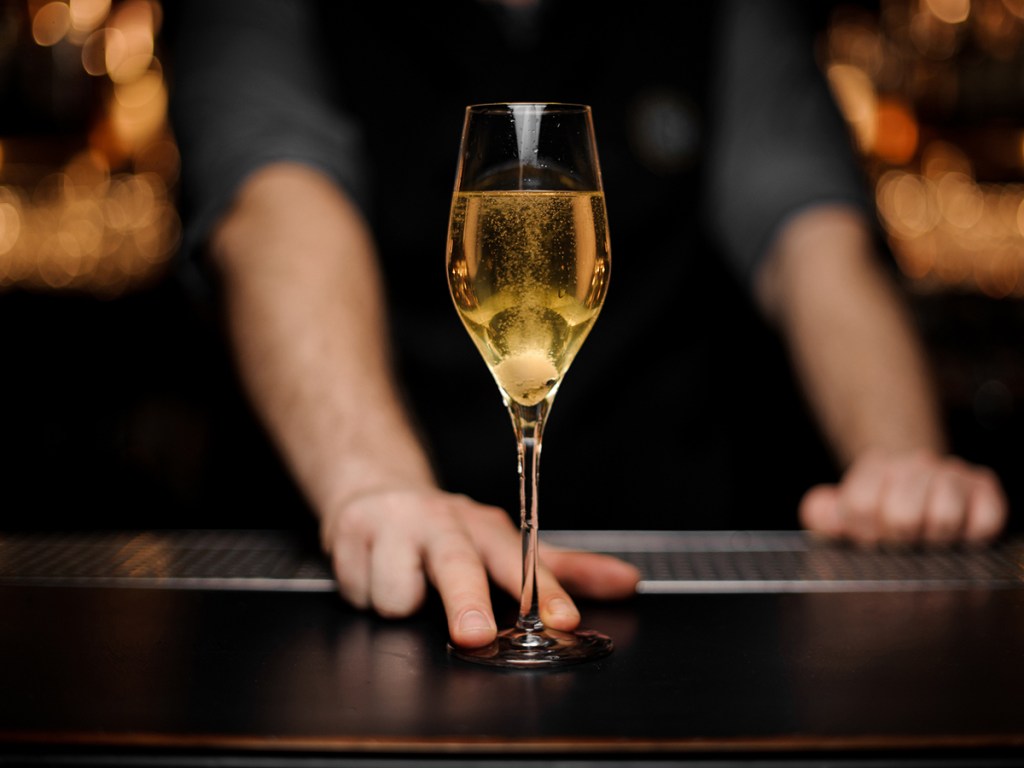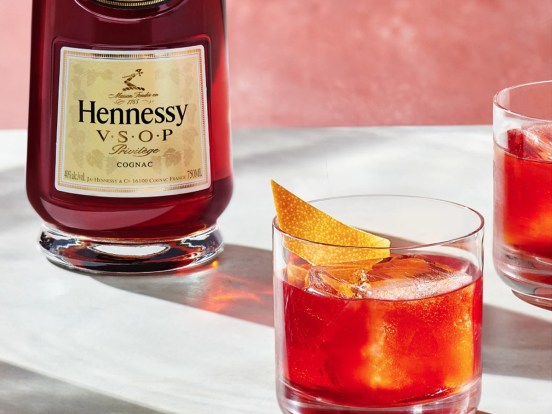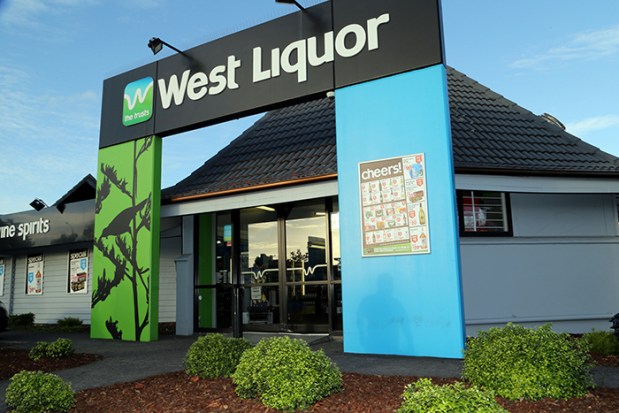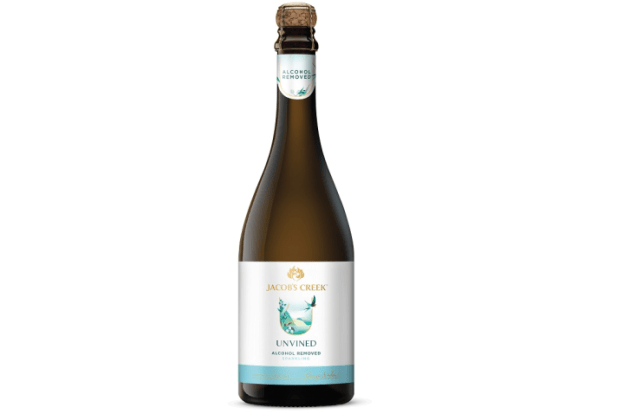Taking place on the fourth Friday in October each year, International Champagne Day began in 2009 at the initiative of a Californian blogger and wine tutor, Chris Oggenfus.
Now, hundreds of on-premise venues around the world celebrate this sparkling wine that originated and is produced in the Champagne wine region of France.
Champagne FYI
- Most champagne is produced using Pinot Noir, Pinot Meunier, and Chardonnay grapes; although smaller amounts of Pinot Blanc, Pinot Gris (called Fromenteau in Champagne), Arbane, and Petit Meslier are also used.
- Traditionally, it is served in a champagne flute which has a long stem with a tall, narrow bowl, thin sides, and an etched bottom.
- The oldest recorded sparkling wine is Blanquette de Limoux, which was supposedly invented in 1531 by Benedictine monks in the Abbey of Saint-Hilaire, near Carcassonne.
- There are more than one hundred Champagne houses and 19,000 smaller vignerons (vine-growing producers) in Champagne. These companies manage approximately 32,000 hectares of vineyards in the region.
How to pour Champagne
When pouring Champagne in your on-premise, it’s important to encourage your staff to follow the correct etiquette.
Chill to the right temperature
Serving Champagne at around 7-8 degrees Celsius before you pour it. Chill non-vintage Champagne in the fridge for four hours and vintage Champagne for three hours.
Opening the bottle
To open the bottle, undo the cage but don’t remove it. Then, holding the cage/cork, rotate the bottle at a 45 degree angle to ease out the stopper. As you twist the bottle, you will feel the cork begin to loosen. Let the gas pressure within the bottle gently push the cork out. Do not force it. The cork should come out with a soft “pop” rather than a loud one.
Pouring the Champagne
Before pouring, ensure that the label on the Champagne bottle is facing outward as a sign of respect for the wine and its producers. If you’re serving several glasses, rotate the bottle slightly while pouring into each glass to allow each customer to see the label.
Champagne bottles have a large indent (known as a punt) at the bottom, place your thumb into the punt while you spread your fingers around the bottle’s base. This helps you maintain a good grip while pouring.
To pour the Champagne, gently pour the liquid along the side of the glass. This will preserve the most bubbles, as opposed to pouring directly down to create a head of “mousse”.
Aim to fill the Champagne glass to half to two-thirds full, which leaves space in the glass for the wine to release its aromas and for the bubbles to gather.
After pouring
After pouring, place the bottle neatly on the table or in an ice bucket, making sure that the label still faces outward.
For more on International Champagne Day, click here.
How to catch up with The Shout NZ…
Online, updated daily with its own unique content and breaking news.
Our weekly newsletter – free to your inbox! Subscribe here.
We are also on Facebook and Instagram!





